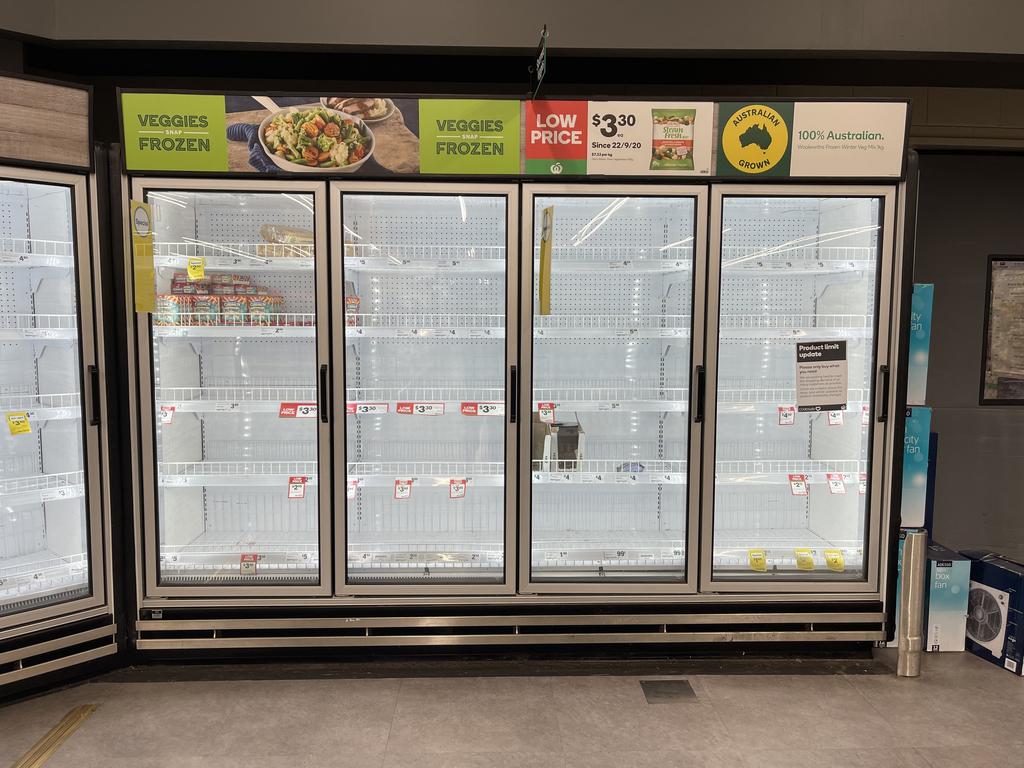



Article by: Hari Yellina
With the prices of iceberg lettuce approaching $7, Coles is urging customers who are struggling with rising grocery prices to “try other recipes” as the retailer provides an update on when fresh fruit shortages may begin to improve. Coles chief operating officer Matt Swindells blamed high fruit and vegetable prices and widespread shortages on a “double whammy” hurting the fresh food industry in an interview with Nine’s Today on Tuesday morning. “The first was the floods that we all remember in south-east Queensland and northern New South Wales,” he said. “This not only harmed crops, but it also prevented farmers from planting.” When the fields are that terrible, it’s impossible to get on to them and plant crops, resulting in a supply deficit.”
Then there was “one of the harshest winters in decades” to add to the mix. “As a result of the cold weather and lack of sunlight, the crops that we have managed to get into the ground are not growing as quickly as they typically would,” he explained. “When supply is stronger, mother nature is kind, and produce quality are amazing, the price is cheap, and so you’ve seen availability issues paired with high pricing during this era.” Mr. Swindells predicted that shortages in specific categories such as lettuce, berries, and beans would last “probably a few weeks.”
He did, however, note out that “other things across food are in abundance.” “Pumpkin is cheap, and when it’s cold and wintry outside, pumpkin and pumpkin soup will go a long way,” he added. “The kids will adore it, and they’ll still get their healthy fruits and vegetables.” “While those volumes recover, you can trade a variety of different things.” It’s critical that when they do, we receive them in large quantities, assist those farmers, and get those volumes going again.” Coles is working with suppliers to increase supplies, according to Mr Swindells.
“Our produce team was up in the flood-affected regions from the start and again last week working and talking to all of our suppliers about… what does the upcoming volume look like, and how do we partner with them longer-term to give them security and certainty that we’re going to have a great business for the future and get through this crisis together,” he said. When asked what advice he would provide to families doing their shopping in the coming weeks, Mr Swindells advised them to be “flexible.” “There is still lots of citrous, apples, pears, and grapes – certainly, vegetables are in short supply, but you can still find amazing value throughout the store,” he remarked.
“You don’t appear to have abstained from a healthy diet. There are numerous locations where you may still purchase veggies. Perhaps experiment with a few different recipes. We learned from Covid that we may be flexible with our recipes while still pleasing the family. It’s time to give that a second chance.” Consumer prices grew 5.1 percent in the 12 months to the March 2022 quarter, according to the latest ABS inflation figures, the highest rate since 2009. Due to Covid-related supply chain problems, as well as high transport and fertiliser costs, food prices increased by 2.8 percent in the third quarter, with a 6.6 percent increase in vegetables and a 4.9 percent increase in fruit.
“Flooding in NSW and Queensland production areas interrupted supply in early March, putting extra pressure on vegetable prices late in the quarter,” according to the ABS. “Meat and seafood prices increased by 4.8% as a result of herd rebuilding in reaction to favourable weather conditions, decreasing supply.” Disruptions in the supply chain and high transportation expenses also contributed to the increase. Packaging, component, and freight cost pressures pushed up the price of water, soft beverages, and juices by 5.6 percent. Overall, food and beverage prices have risen by 4.3 percent in the last year, with beef and veal up 12.1% and vegetables up 12.7%.
Prices have risen around the world as a result of rising fuel, electricity, and fertiliser costs, as well as supply chain delays and shortages caused by China’s Covid lockdowns and Russia’s invasion of Ukraine. With Russia and Ukraine accounting for almost one-third of world wheat exports, the perfect storm of events has led to increasingly grave forecasts of a global food crisis. Peter Sands, executive director of the Global Fund to Fight AIDS, Tuberculosis, and Malaria, said this week that a food shortfall might be “just as catastrophic” as a global pandemic. He told Reuters, “It’s not as well-defined as some brand-new pathogen arriving with specific new symptoms.” “However, it has the potential to be just as lethal.”